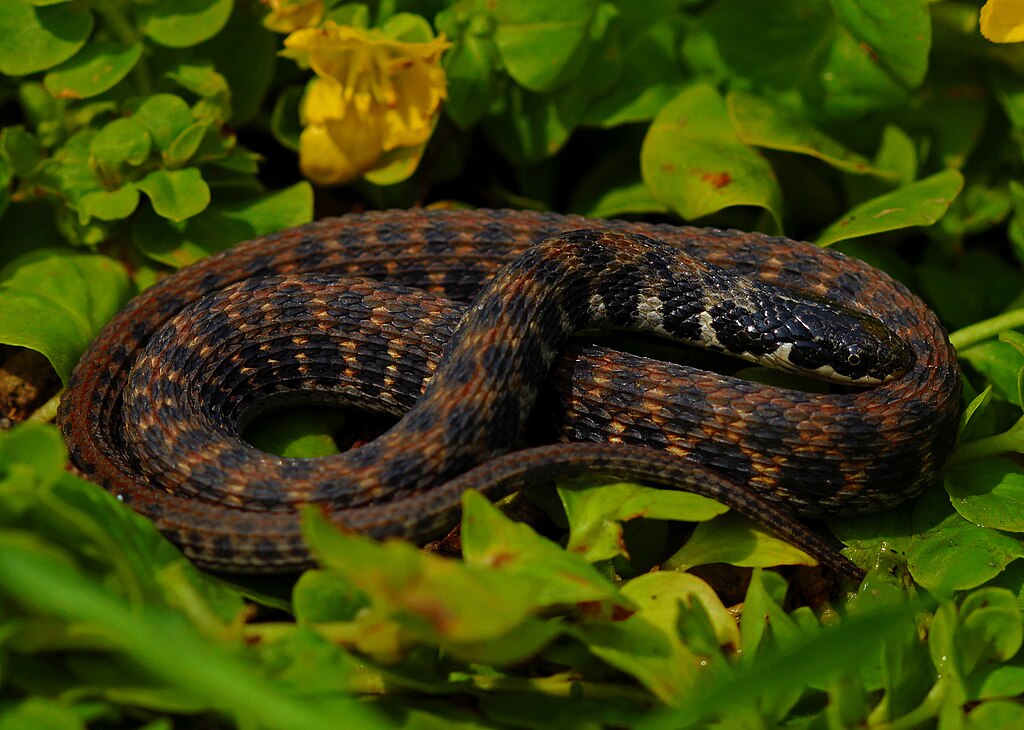Fungal infections represent one of the most challenging health issues for reptile keepers. For snake owners, these insidious infections can develop gradually, making early detection crucial for successful treatment. Unlike bacterial or viral conditions, fungal problems often manifest through distinct physical changes that alter your pet’s appearance and behavior. Many snake enthusiasts mistake early fungal symptoms for normal shedding issues or minor injuries, potentially delaying critical treatment. This comprehensive guide will help you identify the signs of fungal infections in your slithering companion, understand their causes, and take appropriate action to protect your pet’s health.
Understanding Fungal Pathogens in Reptiles

Snakes can be affected by several types of fungi, with the most common being Aspergillus, Penicillium, and Candida species. These opportunistic pathogens typically don’t cause problems in healthy reptiles with strong immune systems, but can rapidly colonize when conditions are favorable or when a snake’s health is compromised. Fungal spores exist naturally in the environment, including in substrate, water, and even in the air of your home. They particularly thrive in warm, humid environments—precisely the conditions many tropical snake species require. Understanding these organisms helps reptile keepers recognize that prevention through proper husbandry is often the best approach to avoiding fungal problems.
Identifying Skin Abnormalities
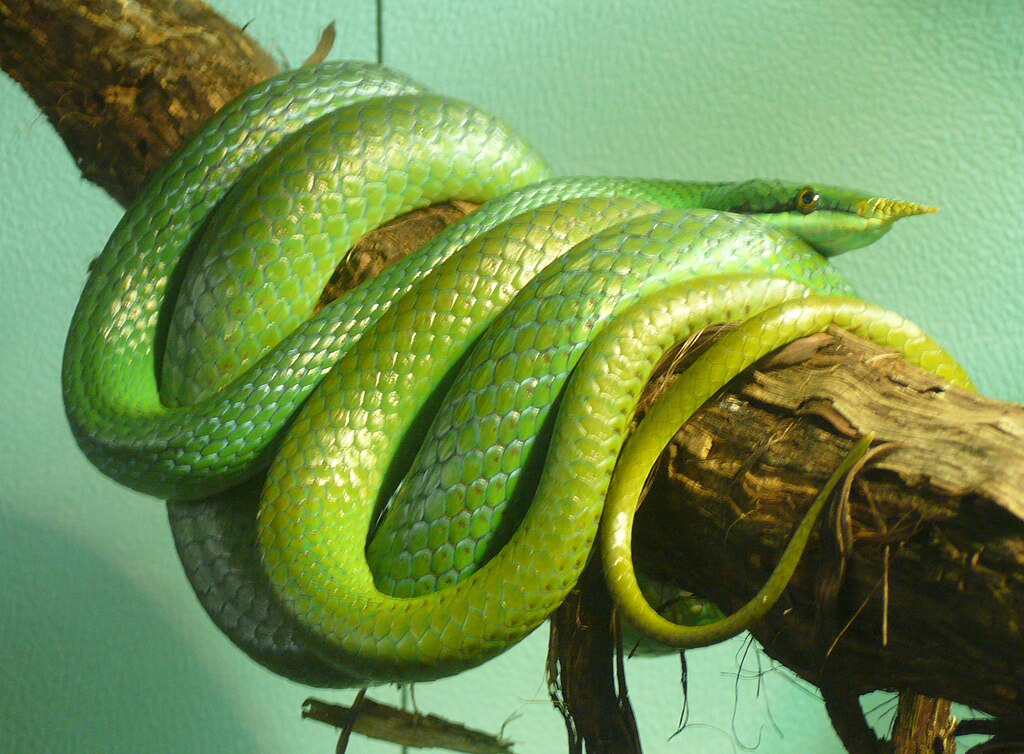
One of the earliest and most visible signs of fungal infection in snakes appears on the skin. Look for discolored patches that may appear white, yellow, brown, or even green, depending on the fungal species. These areas often have a fuzzy, velvet-like, or cottony appearance that distinguishes them from normal skin irregularities or incomplete sheds. Pay particular attention to folds in the skin, areas around the mouth, and the ventral (belly) scales, as these locations commonly show first signs of infection. Unlike retained shed, fungal growths cannot be easily wiped away and may leave red, irritated skin underneath if you attempt to remove them.
Examining Scale Distortion and Damage
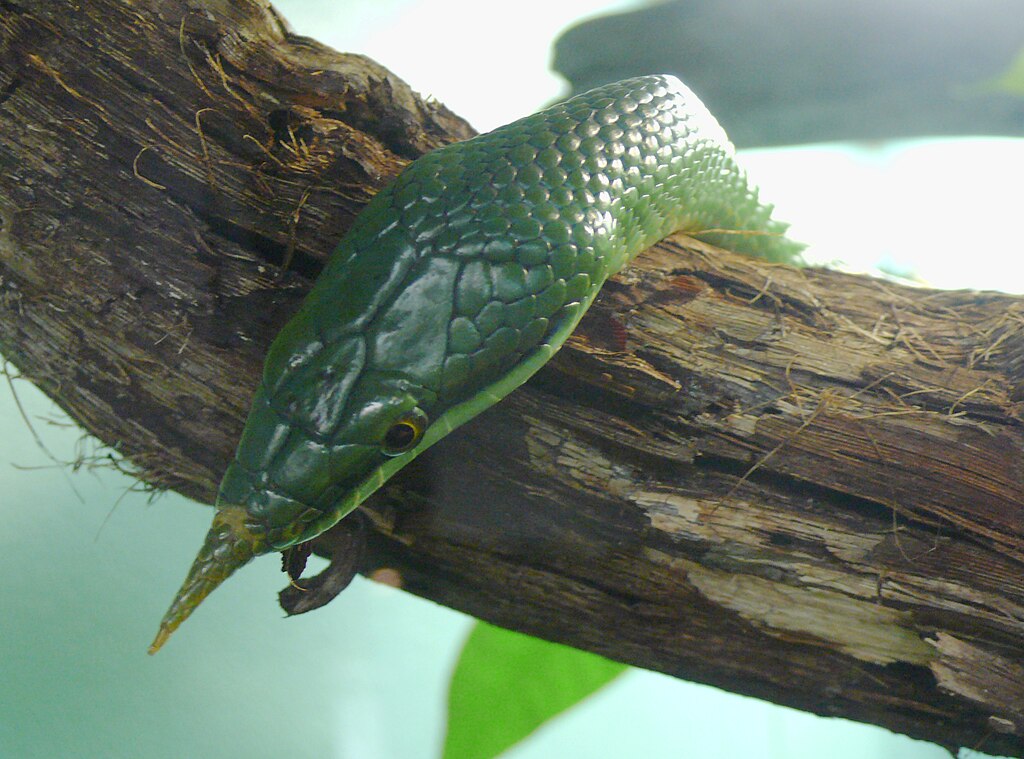
Fungal infections often cause noticeable changes to a snake’s scales over time. Affected scales may become raised, appear thickened, or develop an uneven texture that differs from surrounding healthy scales. In advanced cases, scales might begin to flake off or show signs of necrosis (tissue death), with blackened edges or complete scale loss. These changes typically progress gradually, beginning with subtle irregularities that worsen with time if left untreated. Healthy snake scales should generally be smooth, lie flat against the body, and display uniform coloration and pattern for the species, so any deviation from this normal appearance warrants closer inspection.
Respiratory Symptoms of Fungal Infection
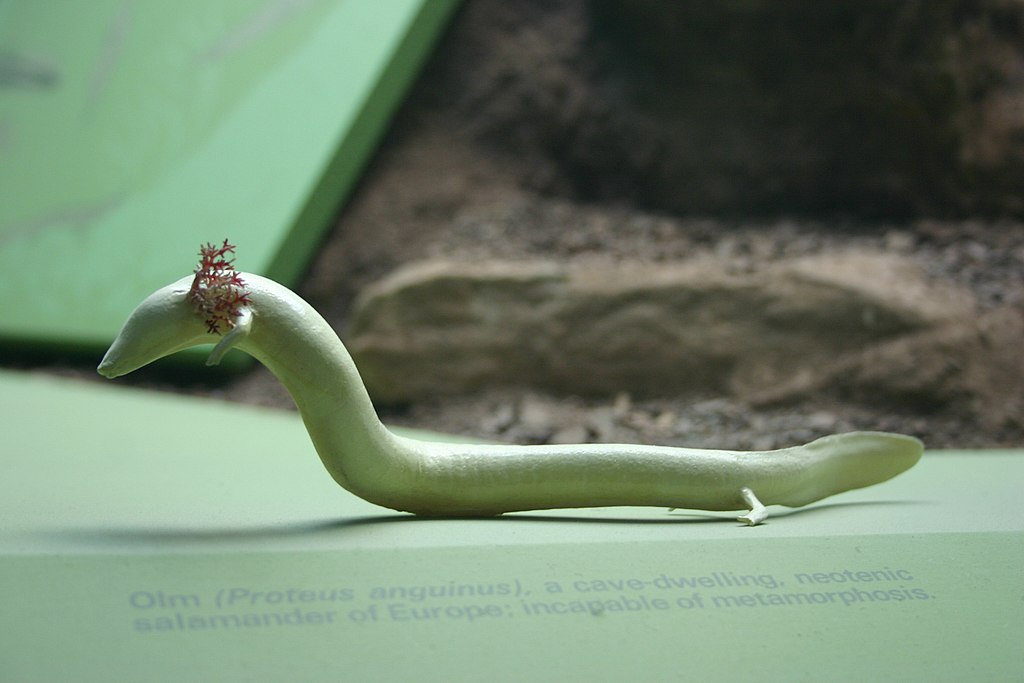
When fungi invade a snake’s respiratory system, they can cause symptoms that mimic other respiratory infections but are typically more persistent. Listen for wheezing, labored breathing, or unusual respiratory sounds when your snake is at rest. You might notice your snake keeping its mouth slightly open to breathe (gaping) or extending its neck in an unnatural position to facilitate air flow. Mucus or discharge from the nose or mouth can indicate fungal growth in the respiratory tract, especially if the discharge has an unusual color or consistency. Respiratory fungal infections are particularly serious and can progress to systemic infection if not addressed promptly by a qualified reptile veterinarian.
Behavioral Changes Indicating Distress
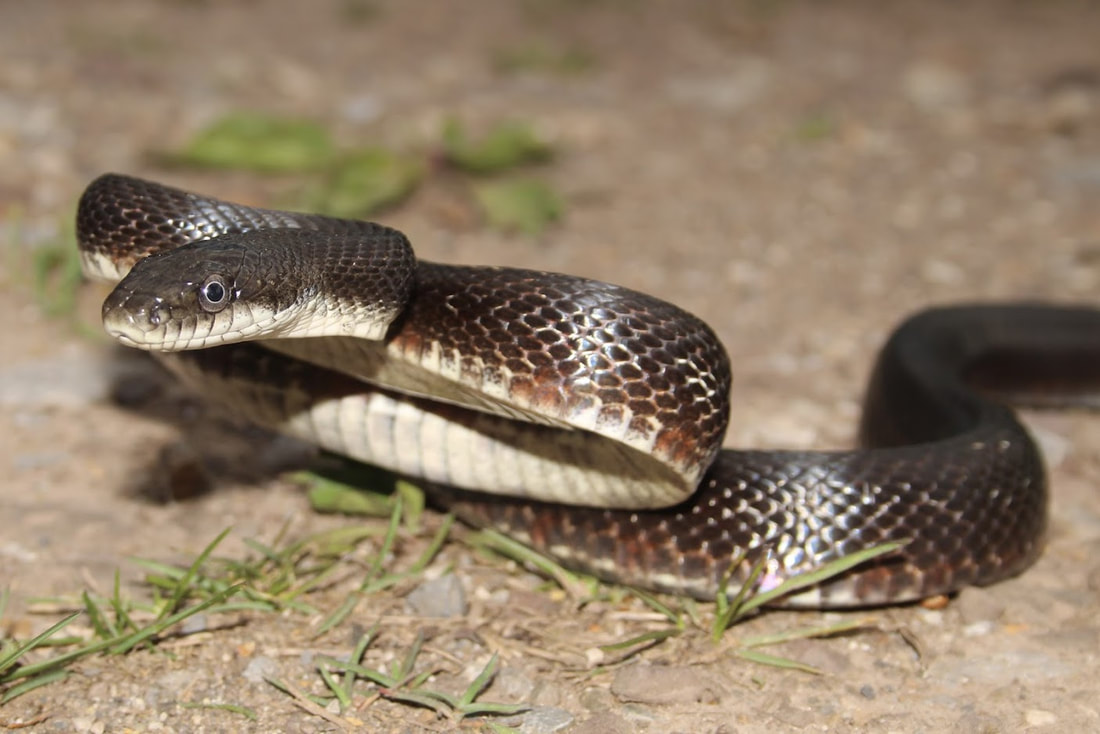
A snake suffering from fungal infection typically exhibits noticeable changes in behavior as the infection progresses. You might observe decreased activity, with the snake spending more time hiding or showing reluctance to move when handled. Feeding responses often diminish, with the snake showing reduced interest in prey or refusing food entirely. Some snakes may soak in their water dishes more frequently in an attempt to alleviate discomfort or regulate their body temperature if the infection is causing fever-like symptoms. Watch for unusual positioning, such as the snake consistently keeping an infected area elevated or pressed against a cool surface, which can indicate the snake is attempting to self-regulate its discomfort.
Examining the Mouth for Oral Fungal Infections
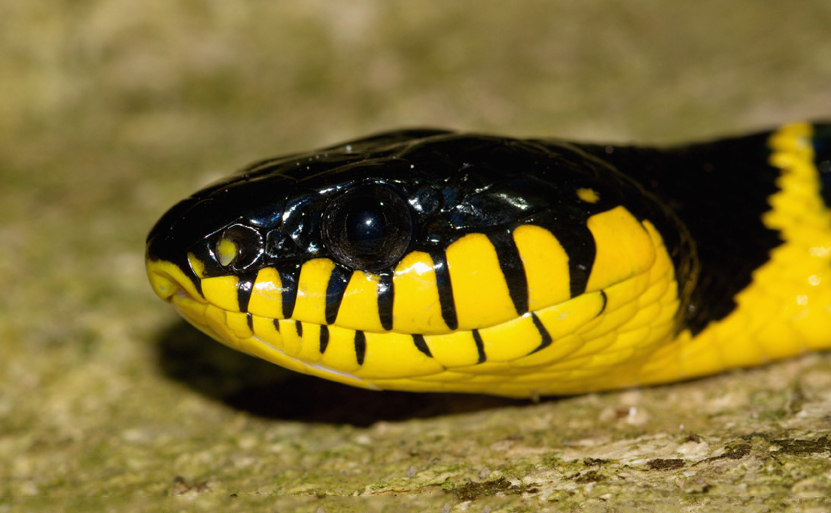
Oral fungal infections, sometimes called “mouth rot” when combined with bacterial components, present with distinctive symptoms that careful owners can detect. Look for white, yellow, or cheese-like plaques on the gums, tongue, or inside surfaces of the mouth. The tissues around these plaques often appear red, swollen, or may bleed easily when touched. A snake with an oral fungal infection may produce excessive saliva or show reluctance to close its mouth completely. Regular gentle examination of your snake’s mouth can help catch these infections early, as fungi in the oral cavity can spread to the digestive tract or respiratory system if left untreated.
Shedding Abnormalities Related to Fungal Growth
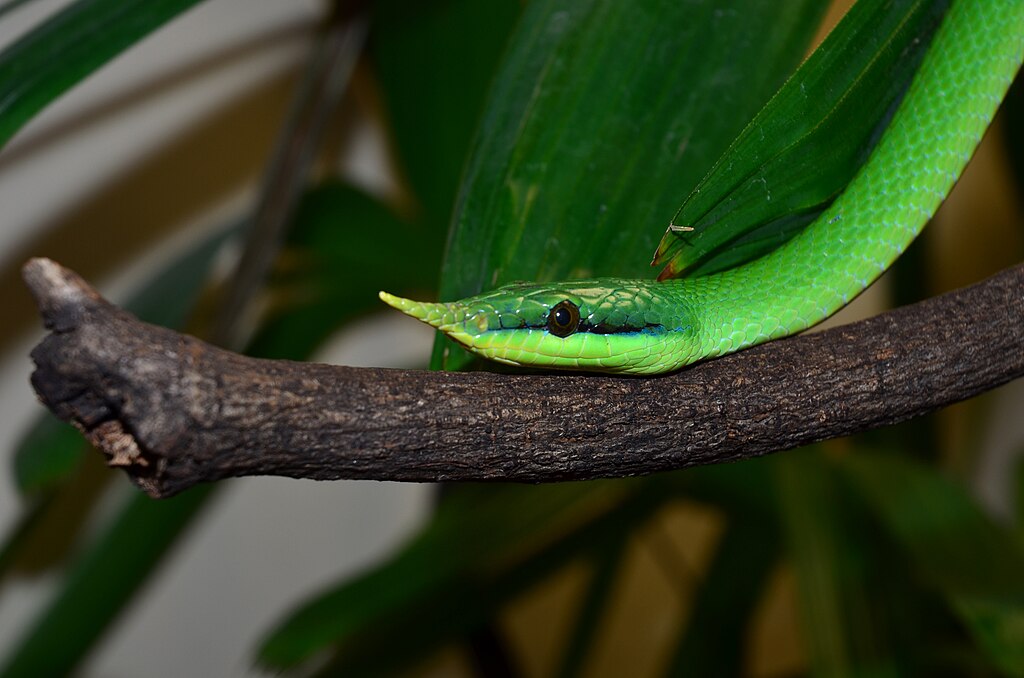
Healthy snakes typically shed their skin in one complete piece, but fungal infections can significantly disrupt this natural process. Infected snakes often experience patchy, incomplete sheds or may struggle to remove the eye caps (spectacles) during shedding. The retained skin might appear stuck more firmly to areas where fungal colonies have established, causing the snake visible distress during shedding attempts. Post-shedding, examine the shed skin for unusual patterns, discoloration, or holes that might correspond to areas of fungal growth on the snake’s body. Multiple consecutive problematic sheds, especially when combined with visible skin abnormalities, strongly suggest a fungal problem rather than just environmental humidity issues.
Distinguishing Between Bacterial and Fungal Infections
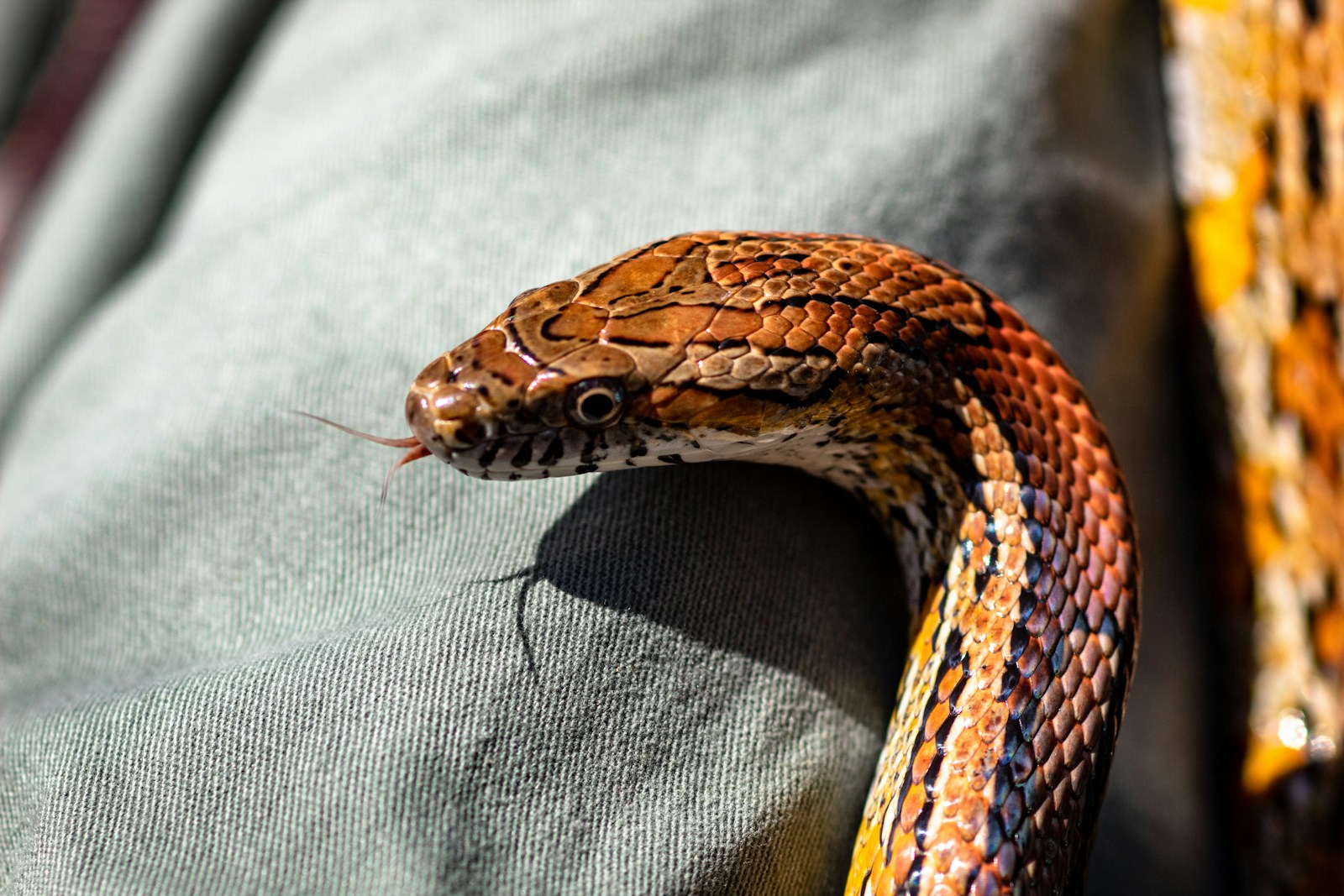
Differentiating between bacterial and fungal infections can be challenging for snake owners, but several characteristics can help guide your assessment. Fungal infections typically present with the distinctive fuzzy or powdery growth mentioned earlier, while bacterial infections often cause more liquid discharge or pus. Bacterial infections frequently produce a noticeable odor, while fungal infections may be odorless in early stages. The progression rate differs as well—bacterial infections often develop rapidly with acute symptoms, while fungal infections tend to establish more slowly but persist longer without treatment. When in doubt, collecting photos of the affected area over several days can help document changes and assist your veterinarian in making an accurate diagnosis.
Environmental Factors Contributing to Fungal Growth
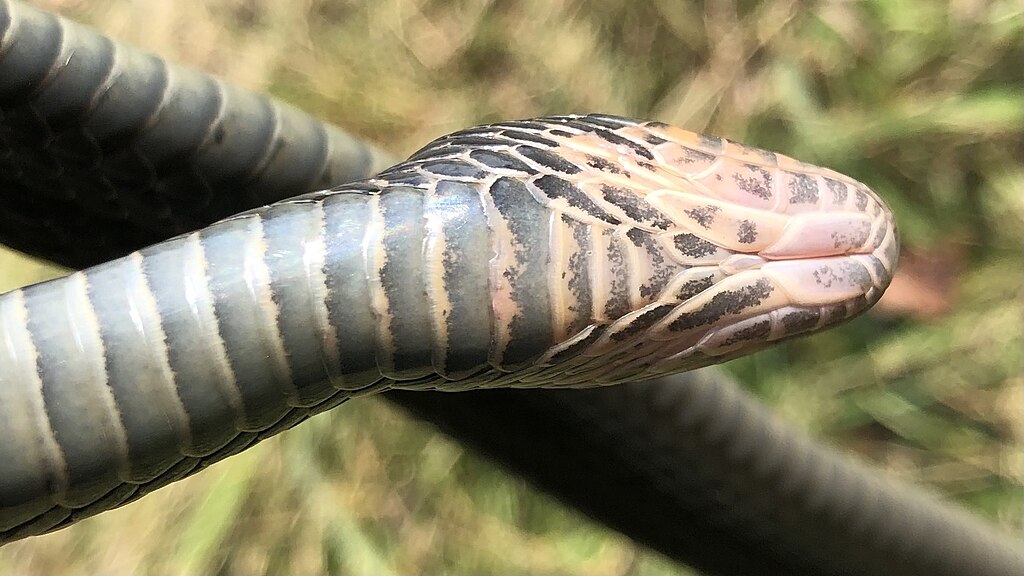
The conditions in your snake’s enclosure play a critical role in either preventing or promoting fungal infections. Consistently excessive humidity, particularly in combination with poor ventilation, creates ideal conditions for fungal spores to germinate and colonize. Substrate that remains damp for extended periods, especially when contaminated with feces or uneaten food, becomes a perfect breeding ground for pathogenic fungi. Temperature gradients that don’t allow the snake to properly thermoregulate can compromise immune function, making them more susceptible to opportunistic fungal infection. Regular assessment of these environmental parameters, along with appropriate adjustments, forms a crucial part of both prevention and treatment strategies for fungal conditions.
When to Seek Veterinary Treatment

While minor fungal issues might respond to improved husbandry and topical treatments, there are clear indicators that professional veterinary care is necessary. Seek immediate veterinary attention if the fungal growth covers more than a small, isolated patch of skin or if it appears to be spreading rapidly despite home care attempts. Any fungal issue accompanied by behavioral changes, respiratory symptoms, or feeding refusal warrants professional assessment. Snakes with compromised immune systems, such as those recovering from other illnesses or very young or old individuals, should receive veterinary care for even minor fungal problems, as their condition can deteriorate quickly. Remember that most reptile fungal infections require specialized antifungal medications that are only available through a qualified reptile veterinarian.
Home Care and Treatment Options

For very minor, localized fungal issues, some initial home care measures may be appropriate while arranging veterinary consultation. Thoroughly cleaning and disinfecting the entire enclosure, including all decorations and replacing all substrate, is an essential first step to reduce environmental fungal load. Betadine (povidone-iodine) diluted to a weak tea color can be gently applied to small affected areas with a cotton swab, avoiding the eyes and heat pits. Some reptile-specific antifungal preparations are available over the counter, but should only be used as directed for your specific species of snake. Maintain optimal environmental parameters with slightly lower humidity than usual (still within acceptable range for your species) and ensure excellent ventilation to discourage further fungal growth while awaiting professional treatment.
Preventative Measures for Long-term Health
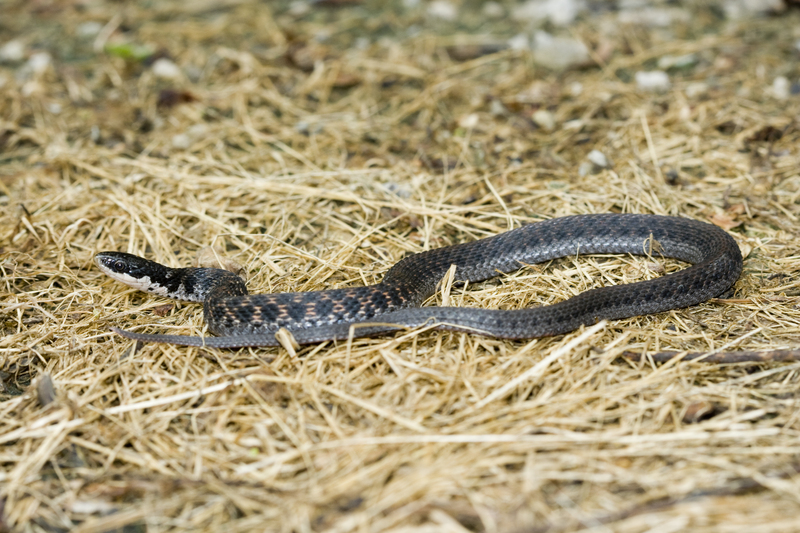
Preventing fungal infections is significantly easier than treating established ones, making preventative husbandry essential for snake keepers. Implement a regular deep-cleaning schedule for your snake’s enclosure, with spot cleaning performed daily and complete substrate changes based on your snake’s size and habits. Provide appropriate ventilation through strategically placed vents or mesh areas, even for high-humidity species. Use proper quarantine procedures for new snakes, plants, or substrates before introducing them to your established collection. Maintain your snake’s immune system through proper nutrition, appropriate temperatures, and stress reduction to help them naturally resist opportunistic fungal pathogens. Regular health checks, including gentle examination of your snake’s entire body during handling sessions, can help detect subtle changes before they become serious infections.
Fungal Infections and Zoonotic Concerns
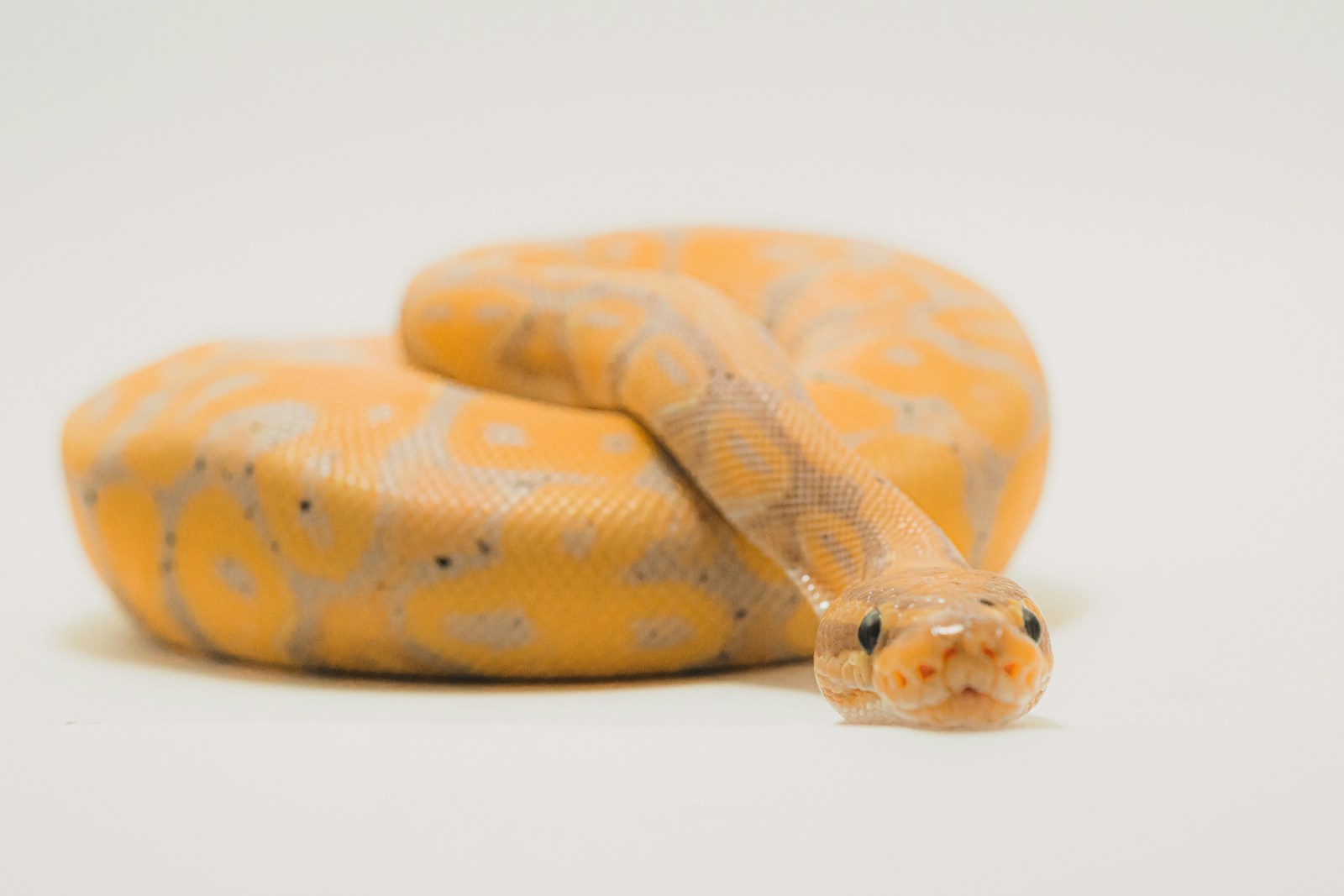
While most fungal infections in snakes are species-specific and pose minimal risk to humans, proper hygiene remains important when handling infected reptiles. Some fungi, particularly certain Aspergillus species, have zoonotic potential and could potentially cause respiratory issues in immunocompromised individuals. Always thoroughly wash your hands with antibacterial soap after handling any reptile, especially one with a suspected infection. Wear disposable gloves when applying treatments or cleaning contaminated enclosures to minimize direct contact with fungal elements. Keep treatment supplies separate from other household items and disinfect any surfaces that come into contact with an infected snake. These precautions protect both you and any other reptiles in your collection from potential cross-contamination.
Conclusion

Recognizing fungal infections early gives your snake the best chance for a complete recovery. By familiarizing yourself with the visual cues, behavioral changes, and environmental factors associated with these infections, you position yourself as your pet’s first line of defense against serious illness. Remember that while minor fungal issues might respond to improved husbandry, established infections typically require veterinary intervention with appropriate antifungal medications. Maintaining optimal enclosure conditions, practicing good hygiene, and performing regular health checks remain your most powerful tools in preventing these challenging infections from affecting your scaly companion. With vigilance and proper care, you can help ensure your snake remains fungus-free and thrives for years to come.

